A crisp, well-detailed deck fascia turns raw framing into a polished architectural line, protects vulnerable edges from weather, and opens countless design possibilities that go far beyond merely hiding joist tails. Current building-science articles highlight how fascia boards shield framing from moisture and pests, while style guides point out that mixing colors, textures, and materials on the fascia is one of the simplest ways to give an outdoor room a designer finish. TimberTech Better Homes & Gardens
1. Picture-Frame Deck Fascia Border
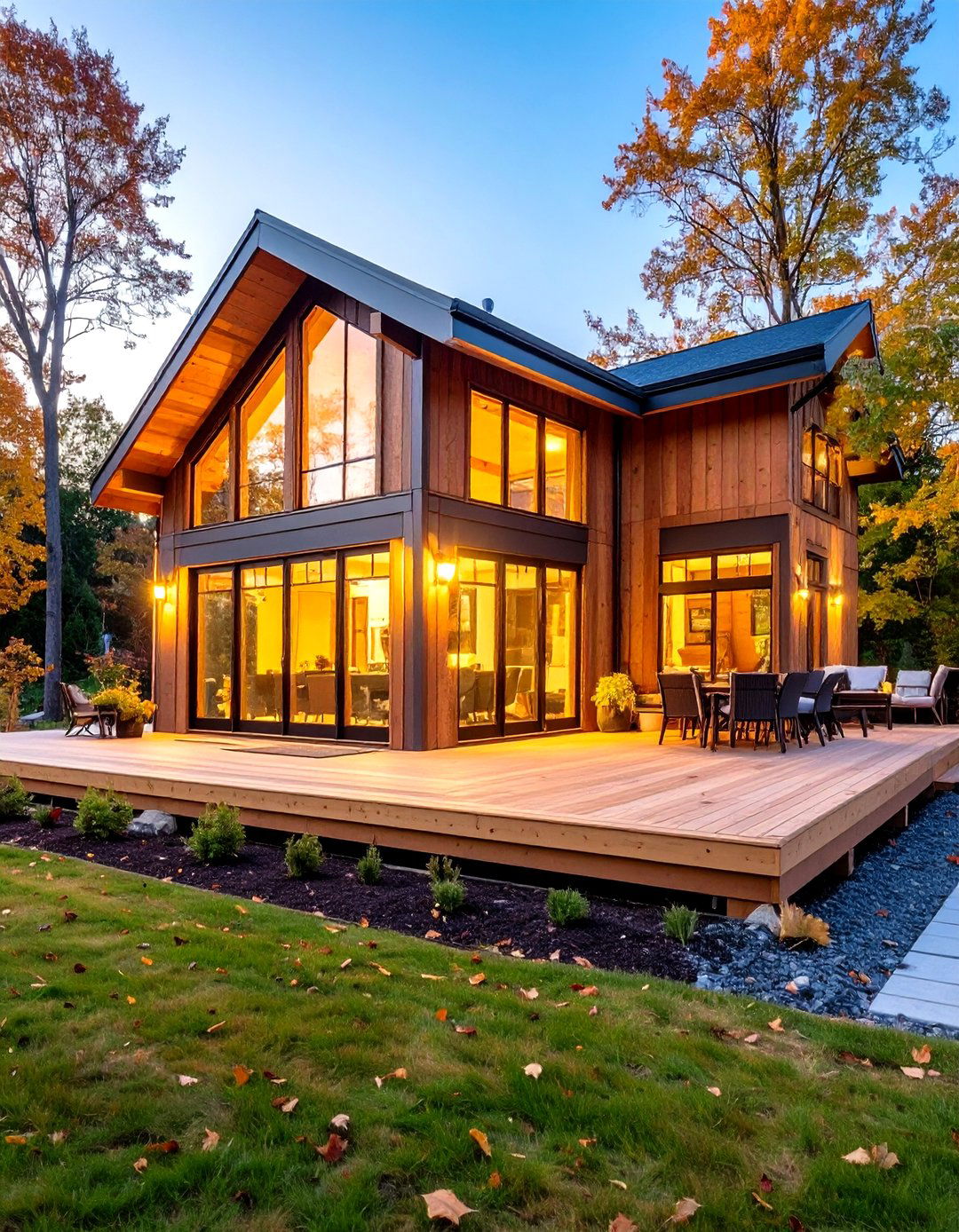
A bright picture-frame border instantly clarifies your deck’s footprint and draws the eye to the fascia instead of exposed cuts. Start by installing a full-perimeter “picture-frame” deck board in a contrasting tone, then cap that board’s outer edge with a matching fascia strip for a seamless look. Design galleries show that pairing light, weathered planks inside with a charcoal border outside gives modern beach-house energy, while reversing the palette produces elegant formality for traditional homes. The technique adds only one extra course of blocking yet elevates resale value because buyers perceive the border as premium custom carpentry. Pinterest TimberTech
2. Two-Tone Composite Deck Fascia Strip

Using a different-colored composite strip on the fascia separates floor and rail visually, creating depth without busy patterns. Leading composite manufacturers offer boards with complementary but distinct hues, letting you mix cooler grays on the walking surface with warm coffee browns on the fascia or vice-versa. Color-matched plugs hide screws, so the transition reads as an intentional band of pigment rather than a necessary fastener zone. Besides the style boost, composite fascia resists fading, mold, and splintering, lowering lifetime maintenance compared with painted softwood. DeckMart Lowe's
3. Low-Maintenance Aluminum Deck Fascia Trim

Anodized or painted aluminum fascia panels provide a razor-thin, metal shadow line perfect for contemporary homes. Custom-bent profiles can wrap corners cleanly, eliminate end-grain exposure, and arrive in dozens of factory colors. Because metal doesn’t wick moisture or warp, it keeps miters tight for decades and never needs repainting—making it especially attractive in humid or coastal climates. The thin gauge also maximizes under-deck ventilation while still blocking critters, so structural members stay dry.
4. Modern Vertical-Slat Deck Fascia
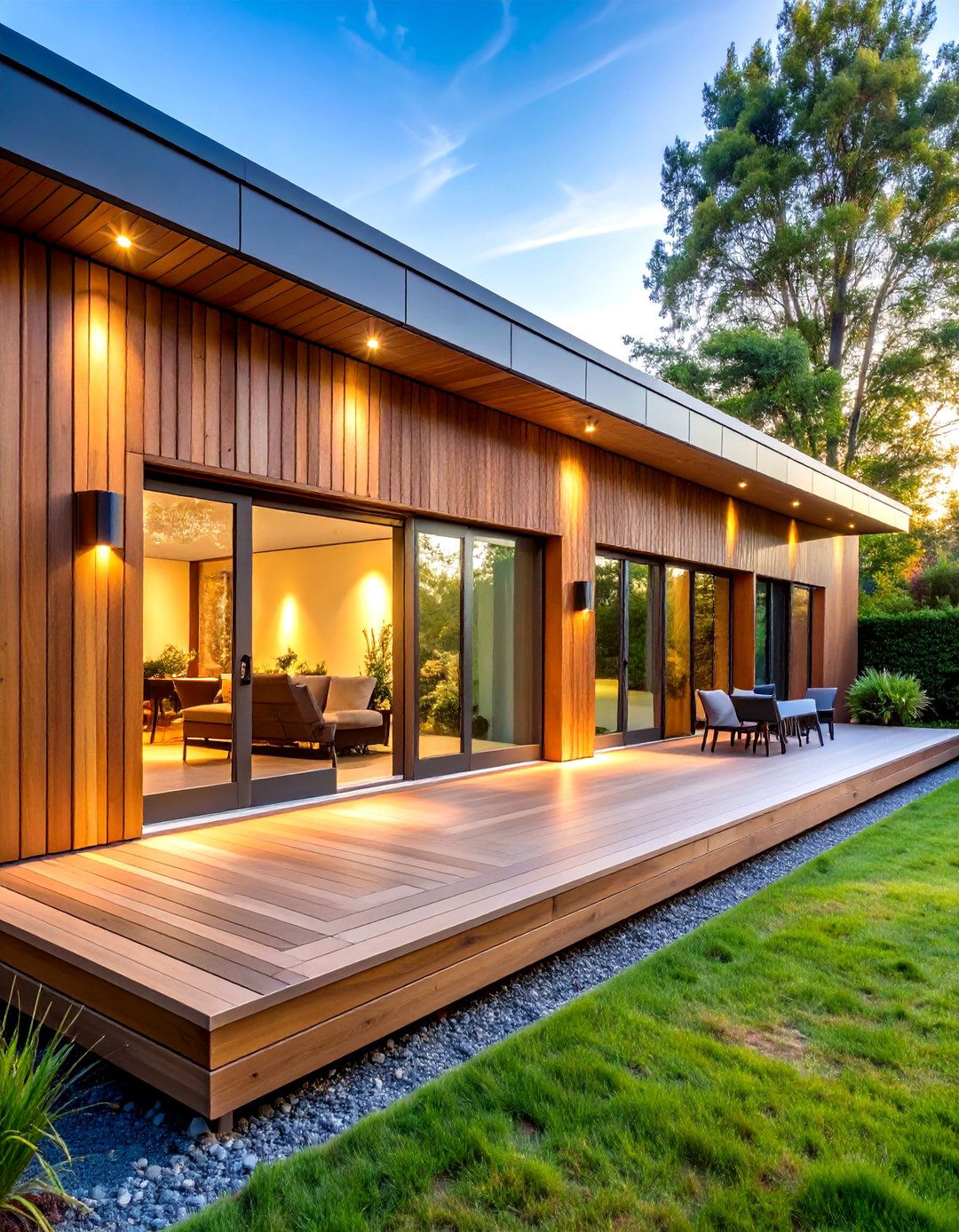
Vertical-slat fascia turns utilitarian skirting into a sharp architectural screen. DIY tutorials demonstrate ripping cedar or composite boards into narrow battens, fastening them with consistent ½-inch gaps, then framing the assembly in sleek perimeter boards. The upright rhythm echoes modern fence trends and feels lighter than solid planks, yet still hides storage under the deck. Staining slats black or deep espresso makes surrounding greenery pop, while natural cedar offers Scandinavian warmth. Ventilation slots between slats reduce mold risk by encouraging airflow. Dans le Lakehouse
5. Rustic Faux-Stone Deck Fascia Wrap
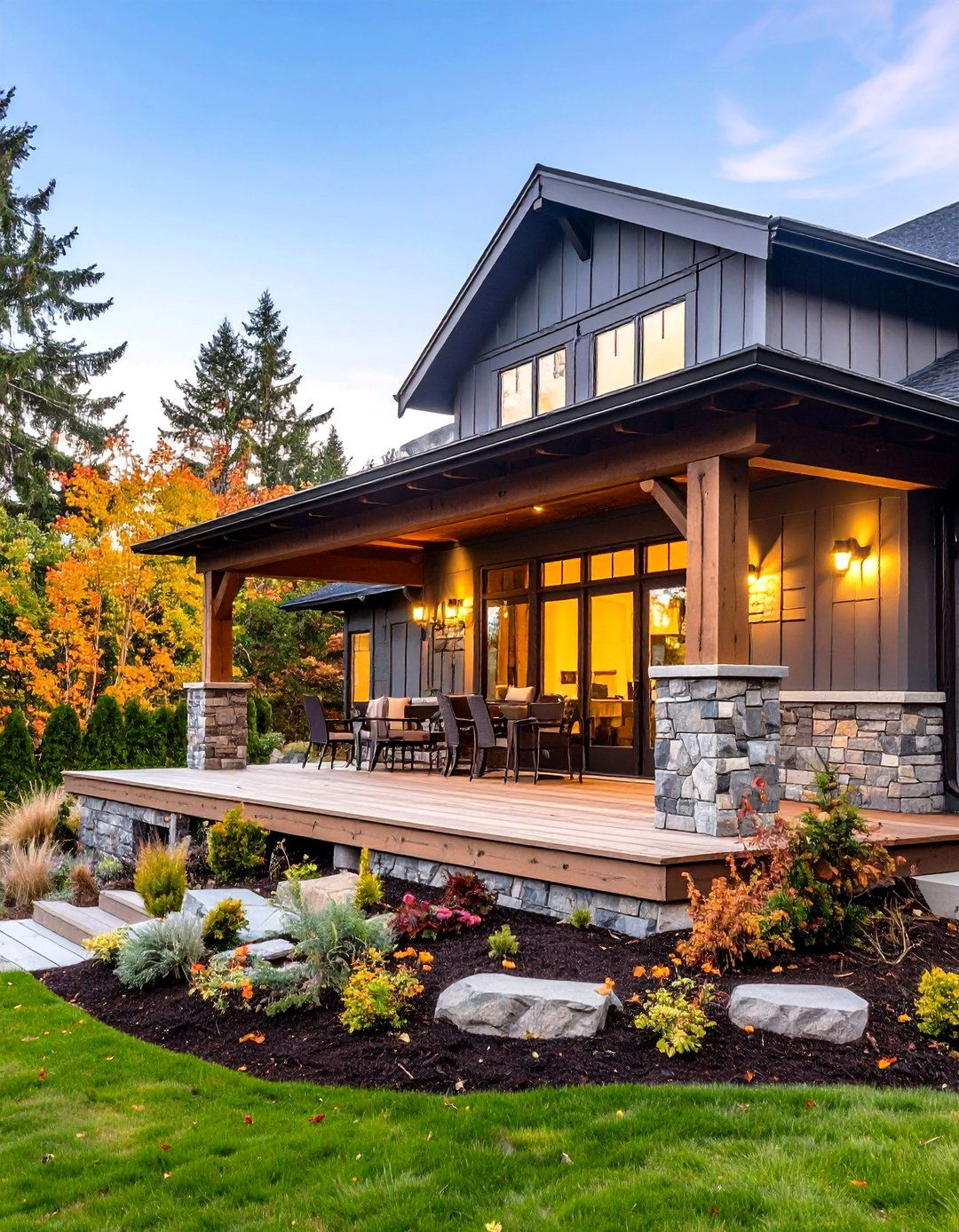
Textured stone-veneer panels lend rustic charm without the weight of real masonry. Lightweight polyurethane or cementitious sheets screw directly to blocking, then interlock to hide seams. Catalogs show stacked-ledge profiles in slate, limestone, or river-rock tones, letting you echo existing chimney or foundation materials for continuity. Besides the dramatic makeover, faux stone protects framing from string-trimmer damage at grade and can be hosed clean—ideal for mud-prone backyards. Deck Expressions Deck Expressions
6. LED-Lit Deck Fascia Accent Line
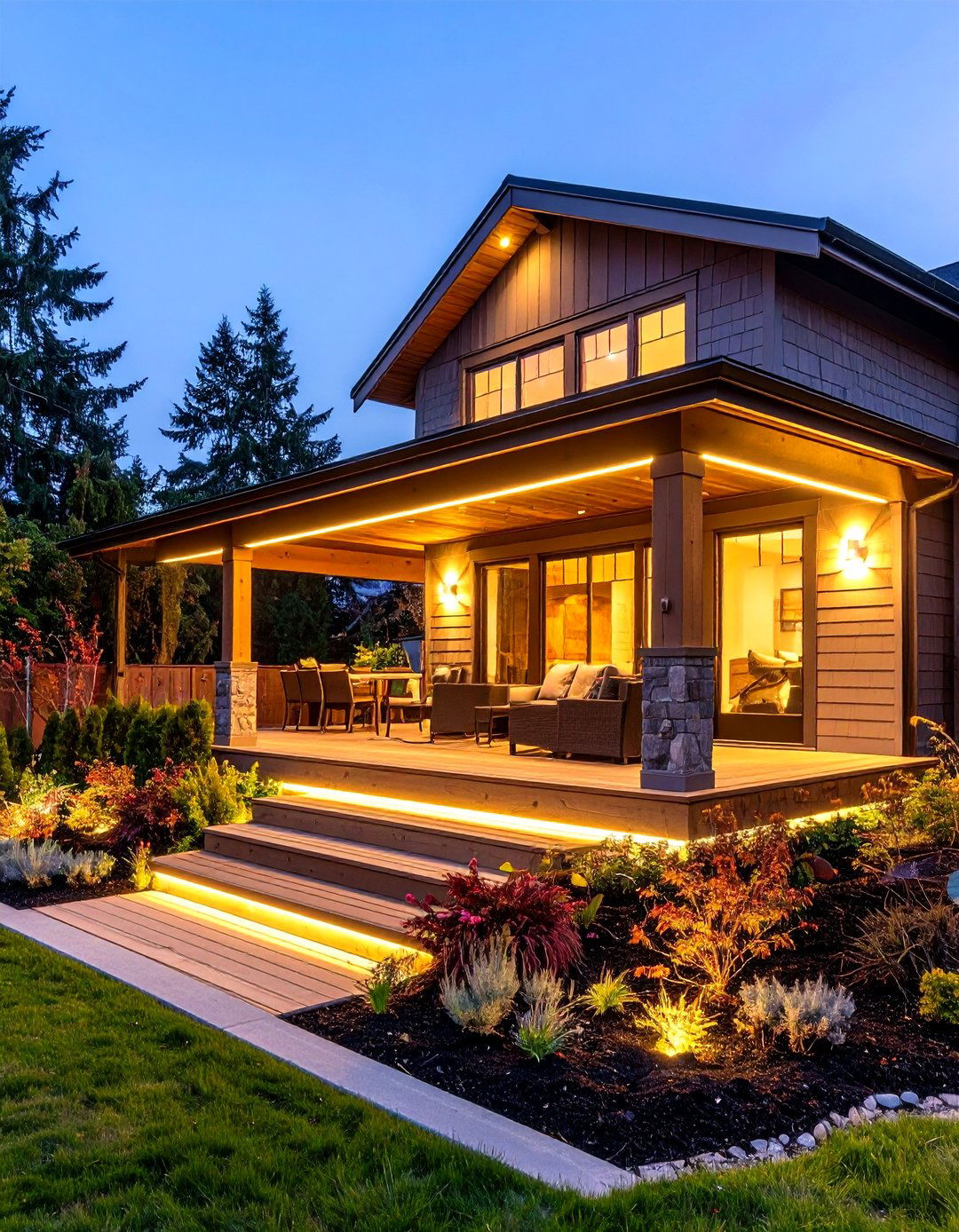
Adding warm-white LED strips under the fascia lip turns safety lighting into a subtle design flourish. Low-voltage kits tuck into an aluminum raceway, casting a soft wash onto steps and planting beds while keeping diodes invisible by day. Because lights mount to the fascia rather than risers, they’re easier to retrofit and avoid trip hazards. Remote dimmers or Wi-Fi controllers let you shift from dinner glow to party mode instantly. DecksDirect
7. Classic White Lattice Deck Fascia

Few treatments feel as timeless—or as cost-effective—as framed white lattice. Pre-made PVC or treated-wood panels screw into a two-by-two frame beneath the fascia board, creating tidy diamond or square patterns that complement cottage and farmhouse styles. The crisscross openings provide airflow that deters mold while discouraging pets from nesting. For decks on sloped yards, lattice trims easily to follow grade, and hinge kits can convert a section into a discreet service door. Deck Expressions
8. Living Green-Wall Deck Fascia
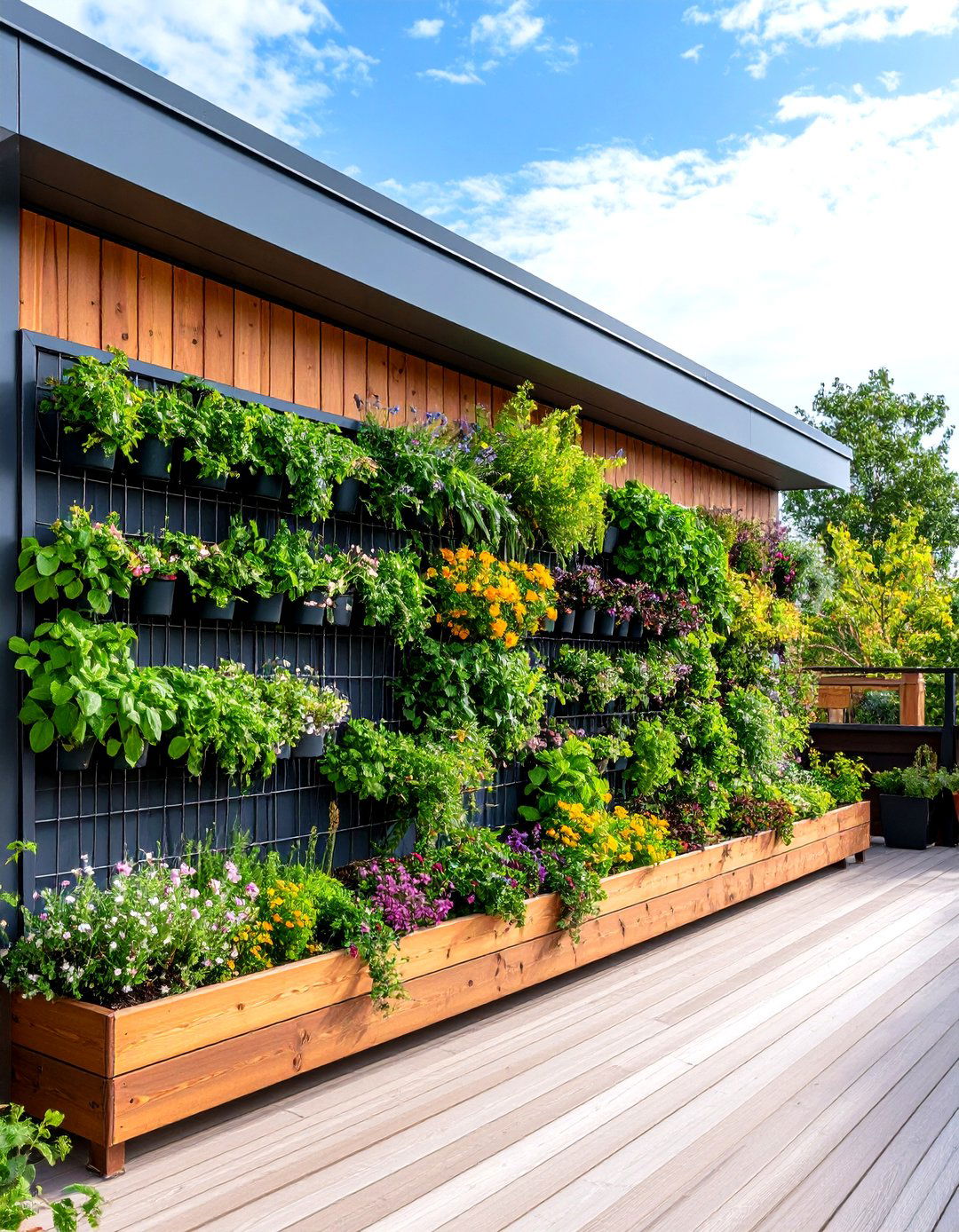
Climbing vines or espaliered herbs trained on wire grids transform the fascia into a living mural. Eco-landscape guides recommend attaching stainless eyelets to the rim joist, stringing tensioned cables vertically, then planting drought-tolerant climbers like jasmine or creeping fig at the base. As foliage fills in, the deck merges with the garden, improving privacy and absorbing heat. The plant layer also shades framing, extending wood longevity in hot zones. The Deck Store Pinterest
9. Vented Vinyl Deck Fascia Panels
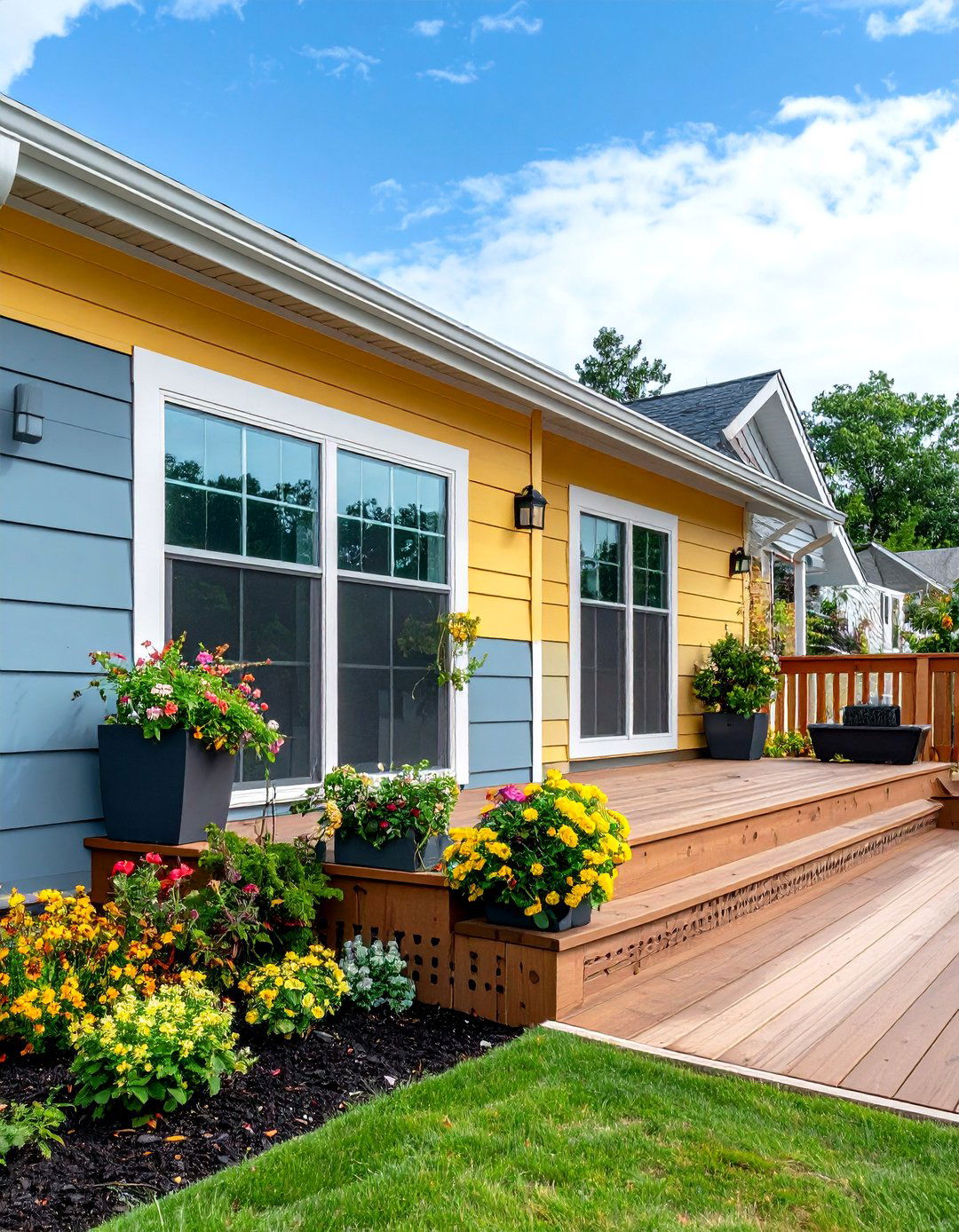
When code demands cross-ventilation under tall decks, perforated vinyl skirting panels offer a tidy answer. Center-vent styles integrate louvered slots delivering over eight square inches of airflow per foot, preventing moisture buildup without unsightly gaps. Impact-resistant PVC shrugs off string-trimmers, and integral UV inhibitors keep white panels bright for years. Snap-lock channels make seasonal removal straightforward if you need under-deck access for plumbing or winterization. Lowe's
10. Curved Profile Deck Fascia for Round Decks
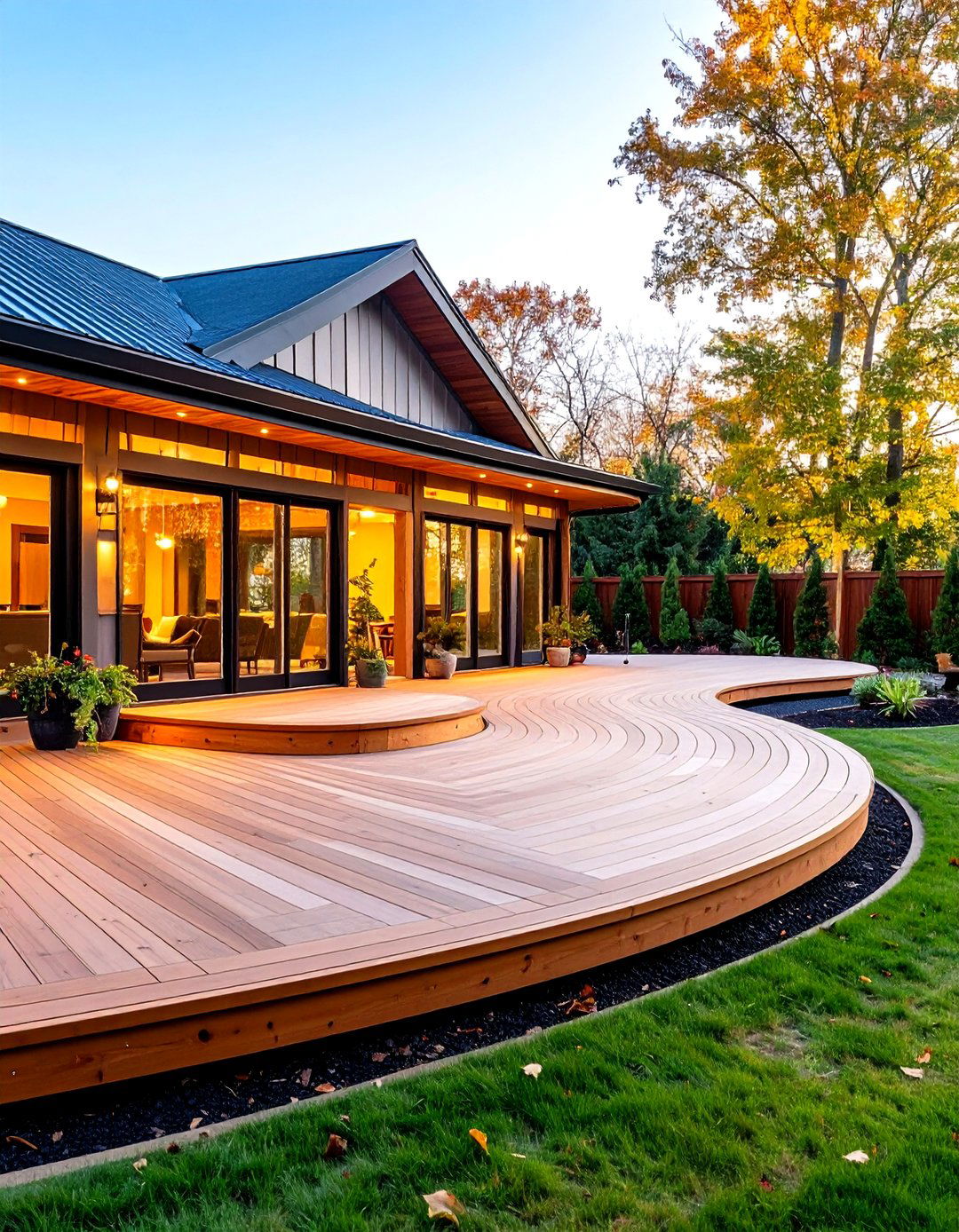
Flexible composite fascia strips bend cold around gentle radii, creating uninterrupted curves on circular or fan-shaped decks. Installation guides suggest securing blocking every 12 inches, then gradually forming the board to the arc with clamps before fastening. Heat-forming rigs can tackle tighter bends, but many PVC fascia products flex naturally in warm weather, simplifying the process. The continuous sweep eliminates segmented edges and gives mid-century flair reminiscent of a vintage yacht transom.
11. Textured Grain-Look Composite Deck Fascia
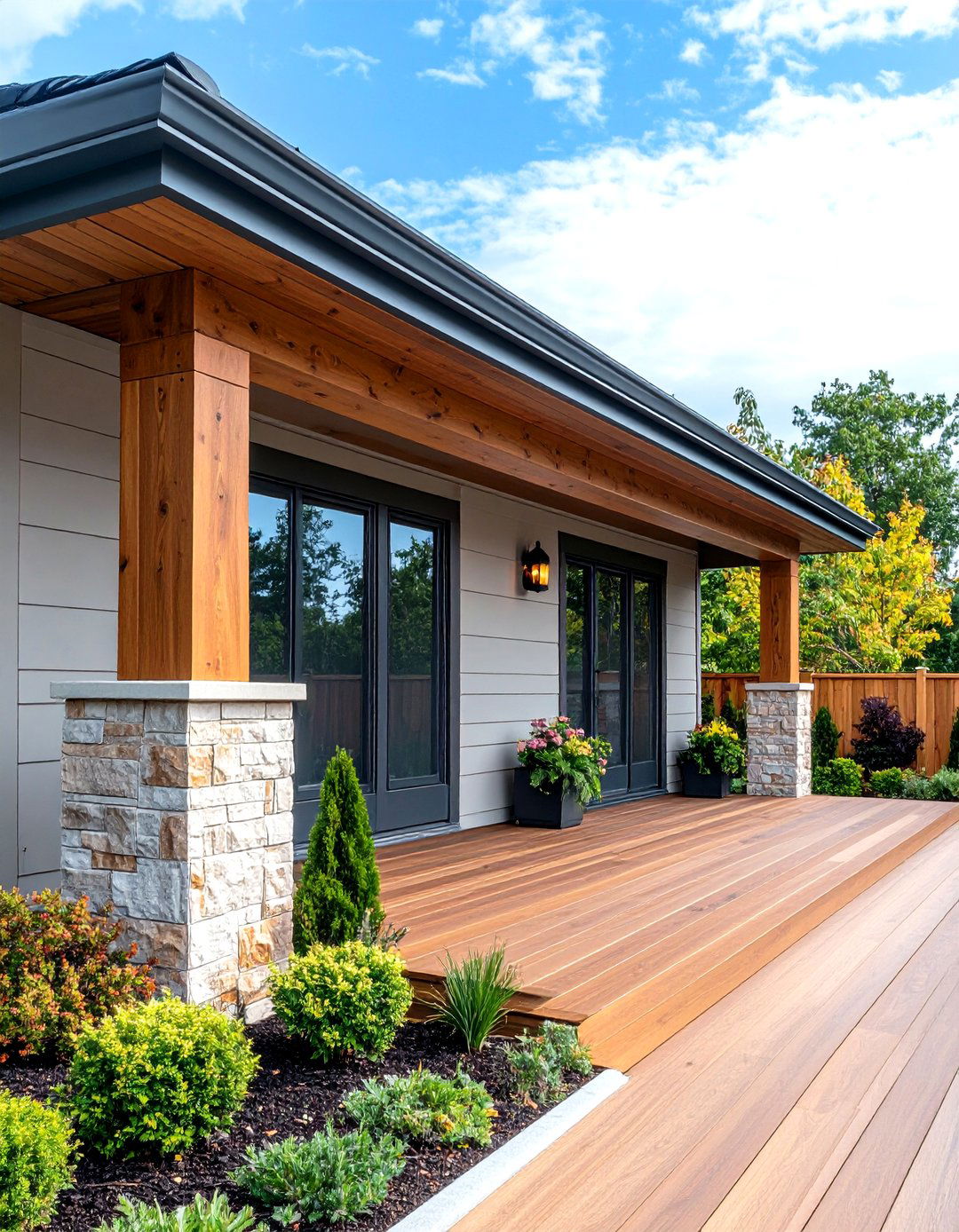
Embossed composite fascia with deep wood grain or subtle stone textures adds depth without maintenance. Recent product lines emulate saw-cut oak, brushed cedar, or chiseled slate, letting you coordinate texture as well as color. Texture masks minor scuffs—helpful where kids kick soccer balls—and plays beautifully with directional lighting at dusk. Fasten with color-matched screws and plugs so the tactile surface remains the star. Lowe's Lowe's
12. Reclaimed Timber Deck Fascia Plank
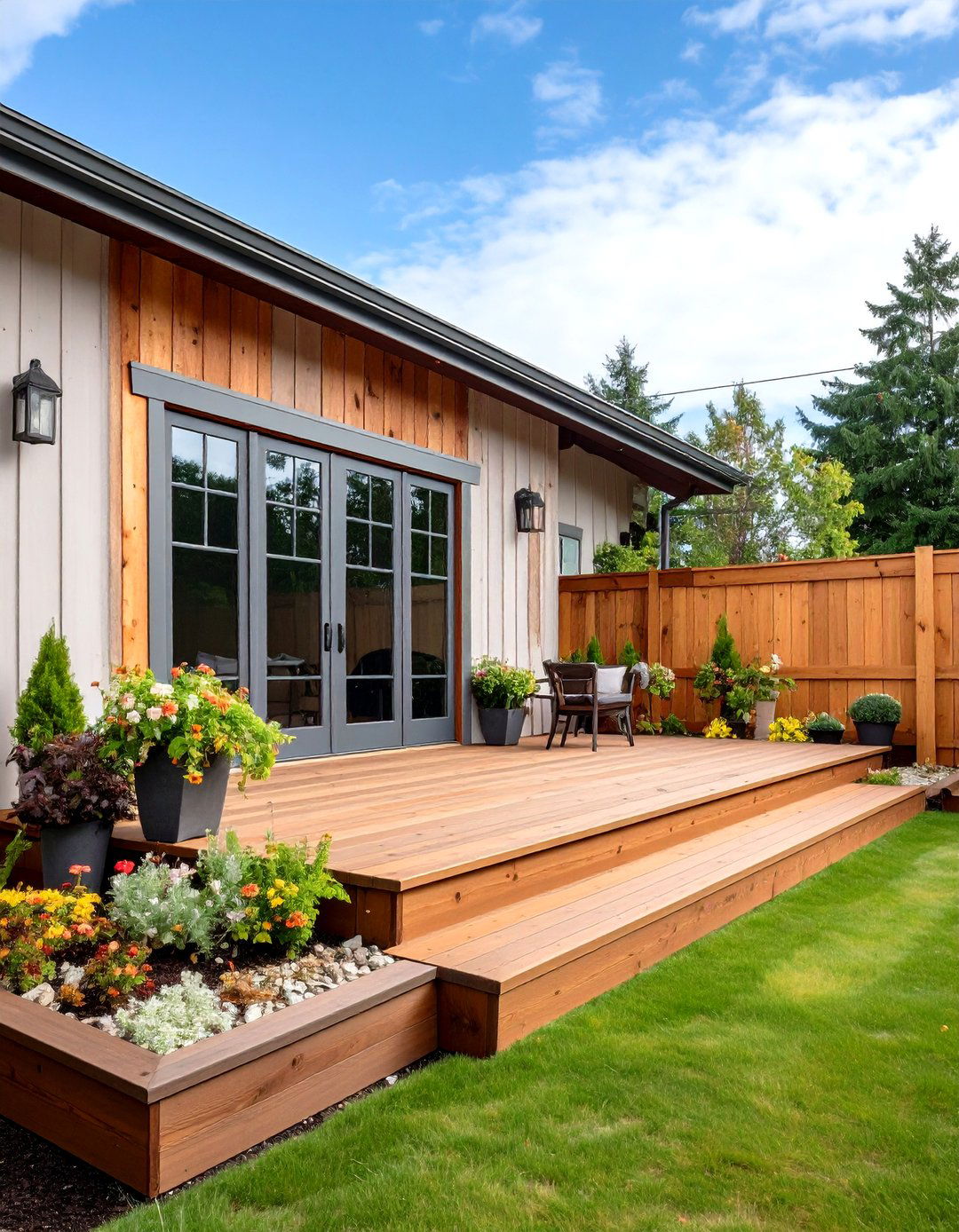
For sustainable warmth, mill reclaimed barn siding into fascia planks. Kiln-dried boards planed to uniform thickness still showcase nail holes and weathered patina, turning the deck edge into a conversation piece. A clear penetrating oil preserves silvering while repelling moisture, and pre-drilling prevents splitting near irregular grain. Pair with modern cable rails for striking old-meets-new contrast. Belco Forest Products
13. Hidden Fastener Deck Fascia System
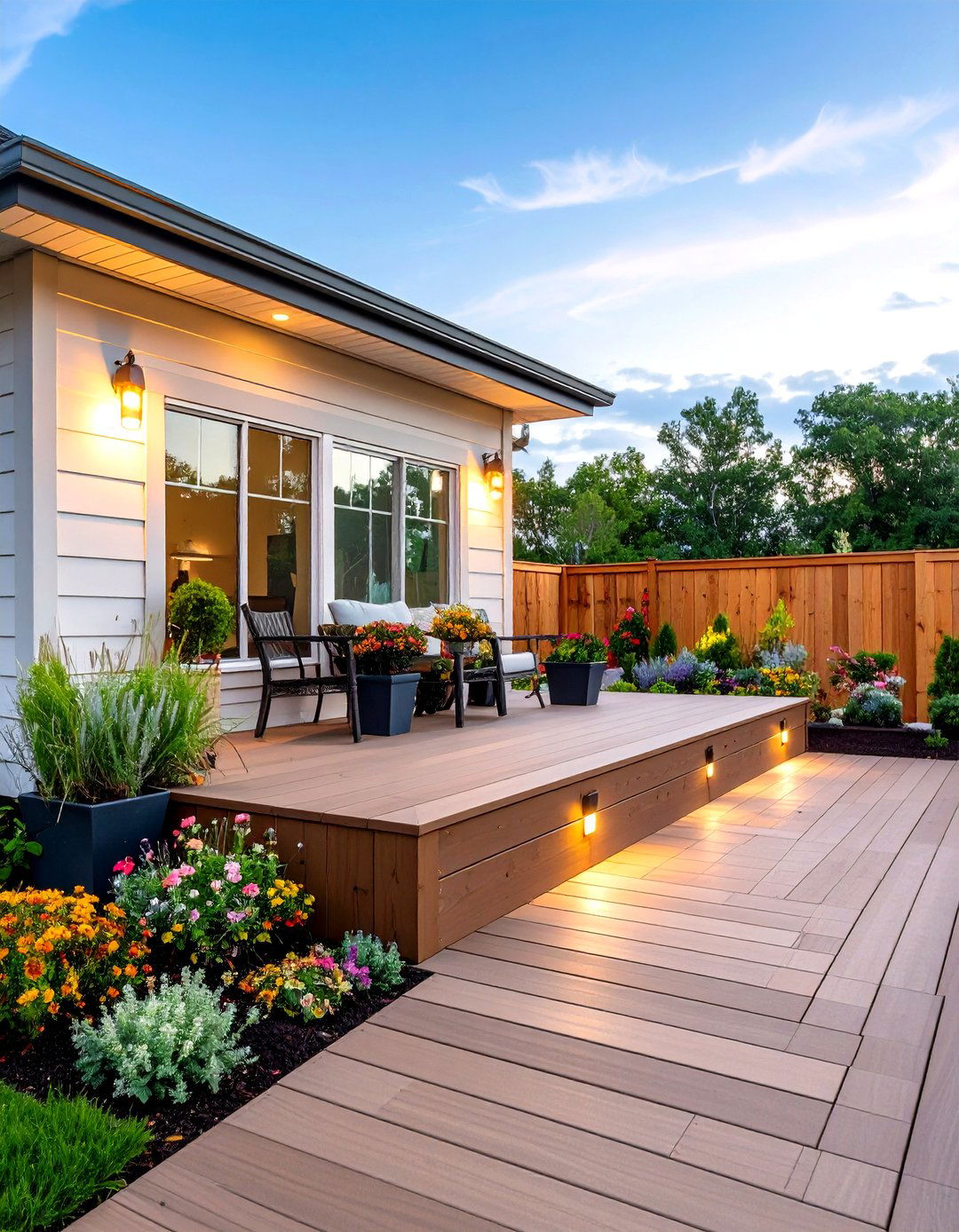
If visible screw heads ruin the aesthetic you’re chasing, plug-based hidden systems solve the problem. A specialty drill bit creates an oversize countersink that lets fascia boards expand, then drives a stainless screw to exact depth. A color-matched plug made from the same board material taps in flush, vanishing almost completely. Reviewers praise the system for preventing “oil-canning” and for maintaining warranty compliance on many composite brands.
14. Contrasting Dark-On-Light Deck Fascia Scheme
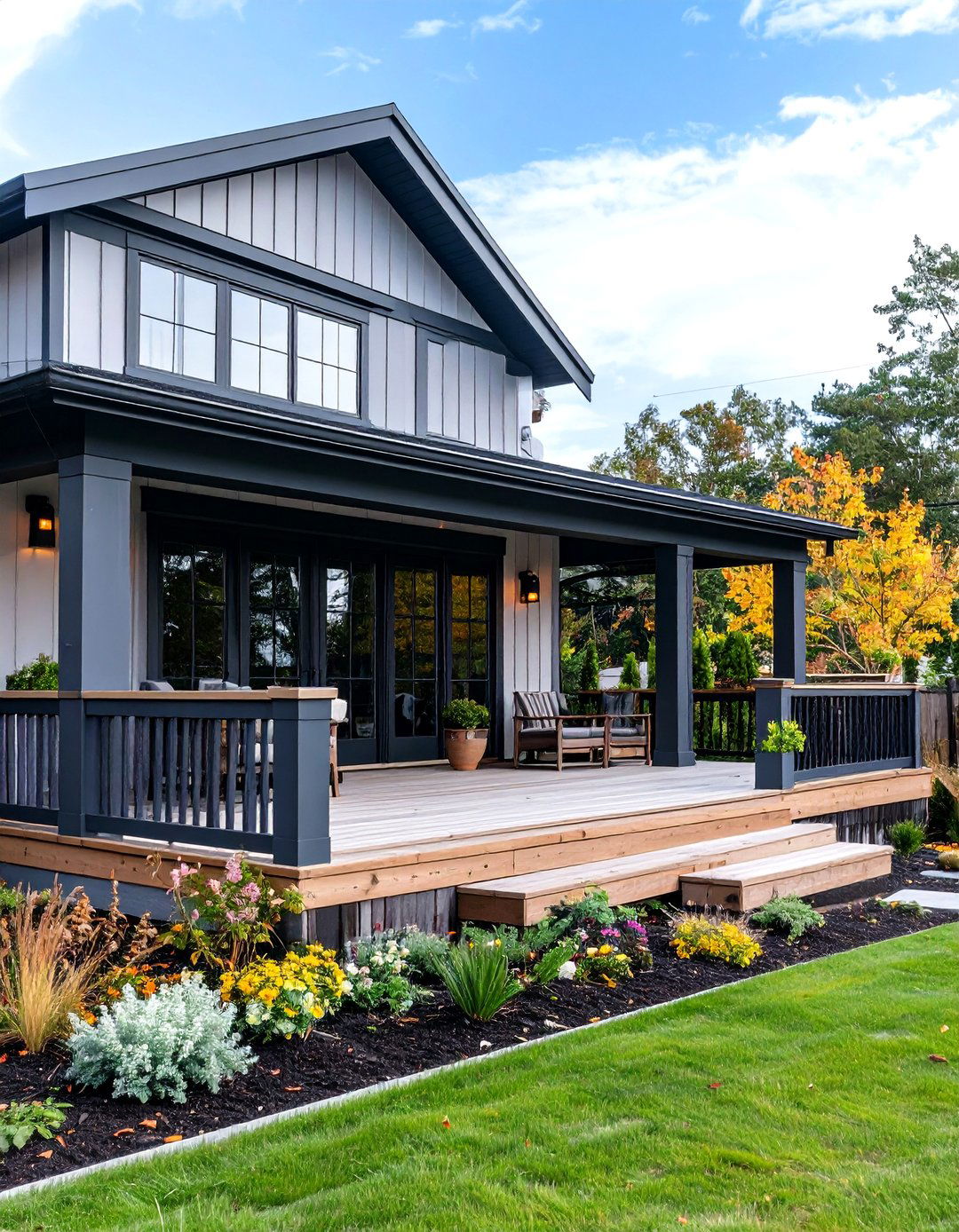
Flipping the usual color hierarchy—dark fascia under light decking—visually thins a tall platform and grounds the structure. Design case studies show pale driftwood planks atop charcoal fascia feel airy yet anchored, especially when echoed by black balusters. Because the darkest board sits vertically, dirt splash is less noticeable, reducing cleaning chores. Ensure a complementary stair riser color to keep the palette coherent. Pinterest Houzz
15. Coastal PVC Deck Fascia with Crown Molding

Pairing smooth, paintable PVC fascia with an added crown molding strip evokes classic seaside verandas. Cellular PVC trims resist salt spray, never rot, and accept bright-white exterior paint that matches window casings for a unified facade. A small ogee or cove molding glued atop the fascia hides the board edge and casts a subtle shadow line, elevating budget pressure-treated framing into coastal-cottage perfection. AZEK Exteriors Royal Building Products
16. Insulated Deck Fascia for Energy Efficiency
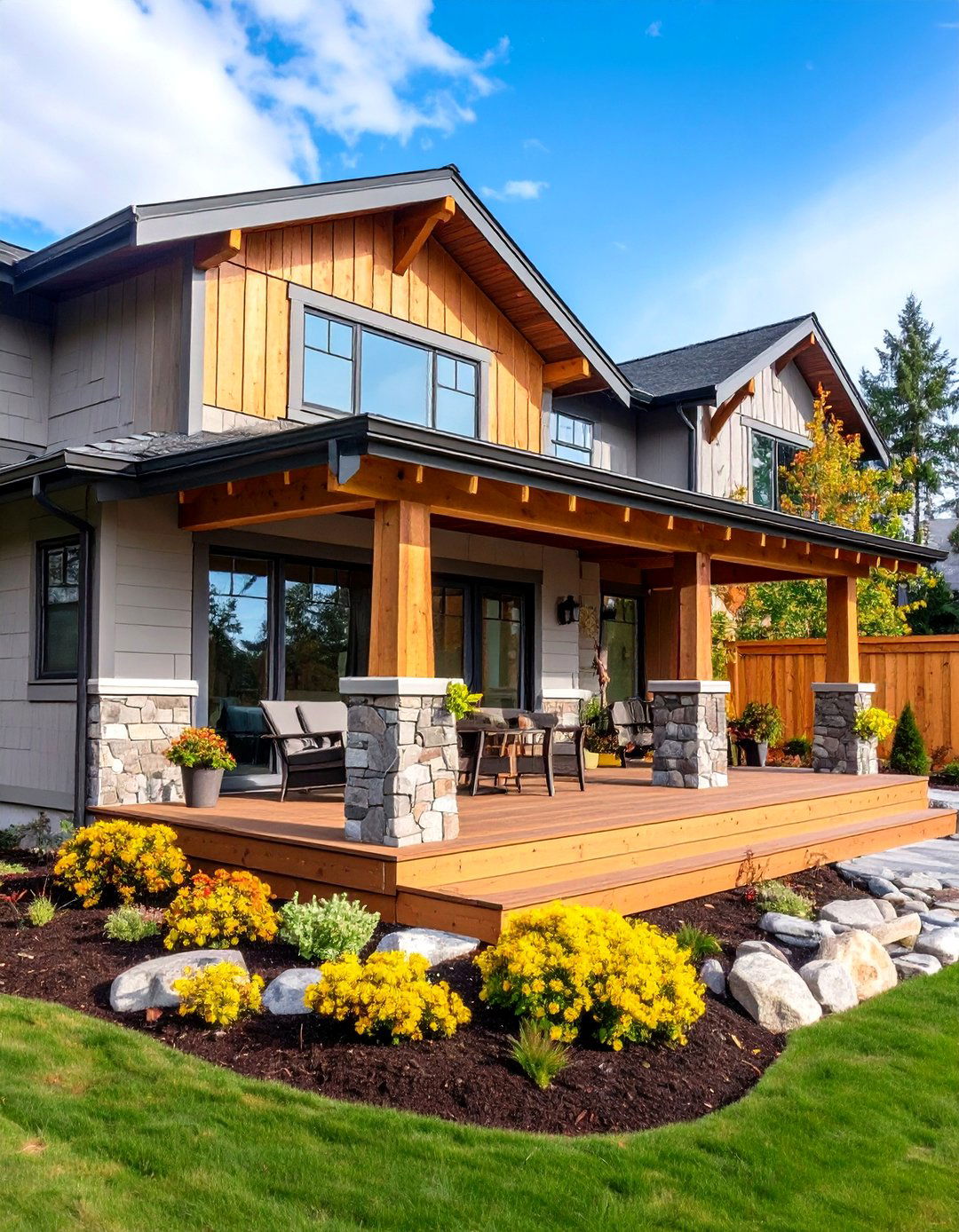
On decks enclosing conditioned crawlspaces or hot-tub nooks, insulated rock-texture panels deliver both aesthetics and thermal value. EPS-backed vinyl skirting boasts R-7 ratings, trimming heat loss up to 22 percent compared with uninsulated planks according to product data. Tongue-and-groove edges speed installation, while the faux-stone face hides the foam core behind realistic textures. Skirting Direct
17. Perforated Metal Deck Fascia Screens
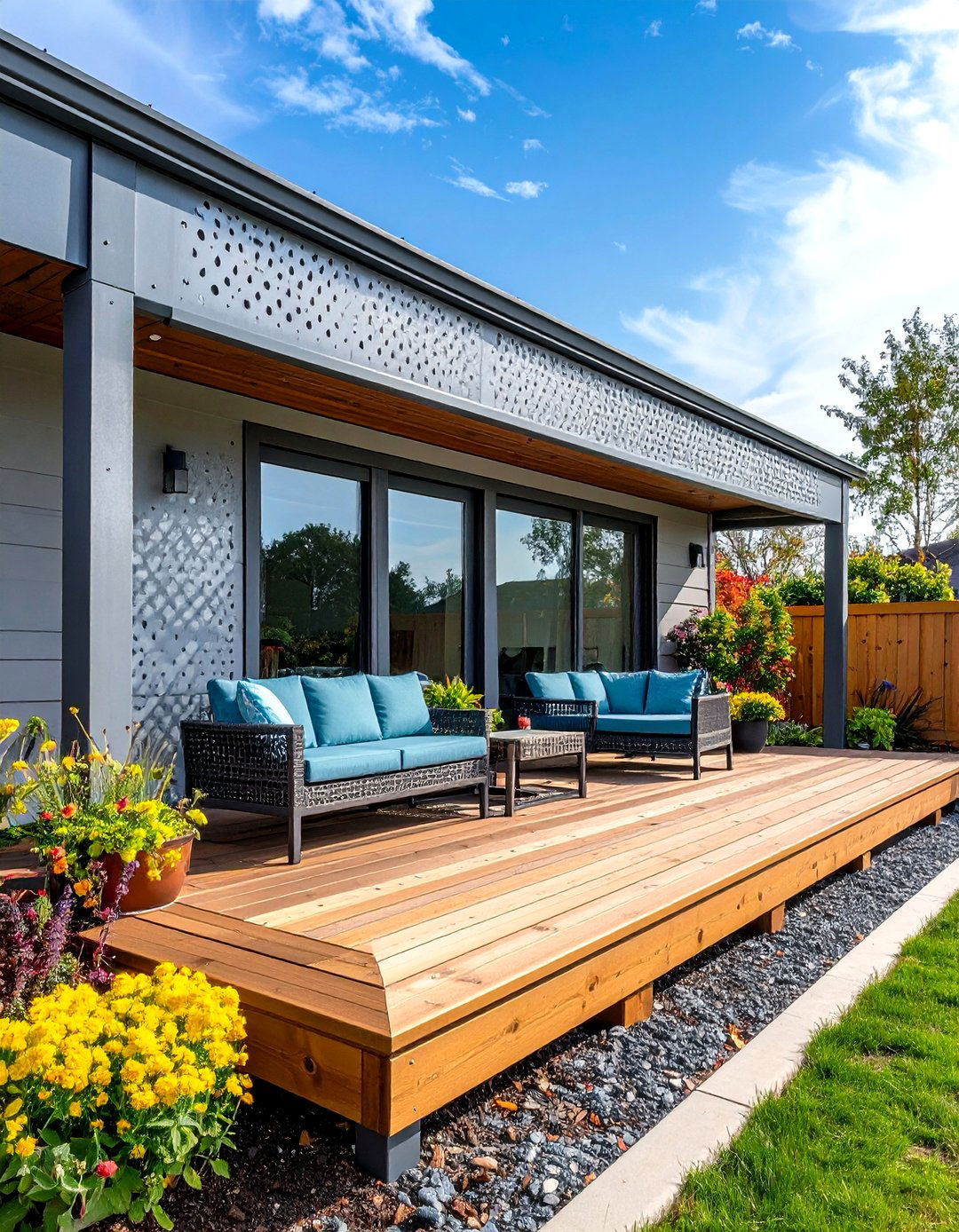
Perforated aluminum or weathering-steel sheets laser-cut with geometric patterns turn the fascia into art and boost airflow. Metal-supply catalogs stock round, square, and custom motifs; choose at least 40-percent open area to meet ventilation tables while still deterring critters. Powder-coated finishes in matte black or rust-orange pair beautifully with cedar decking and modern planters, and panels can double as subtle under-deck lighting diffusers.
18. Gate-Integrated Deck Fascia for Storage
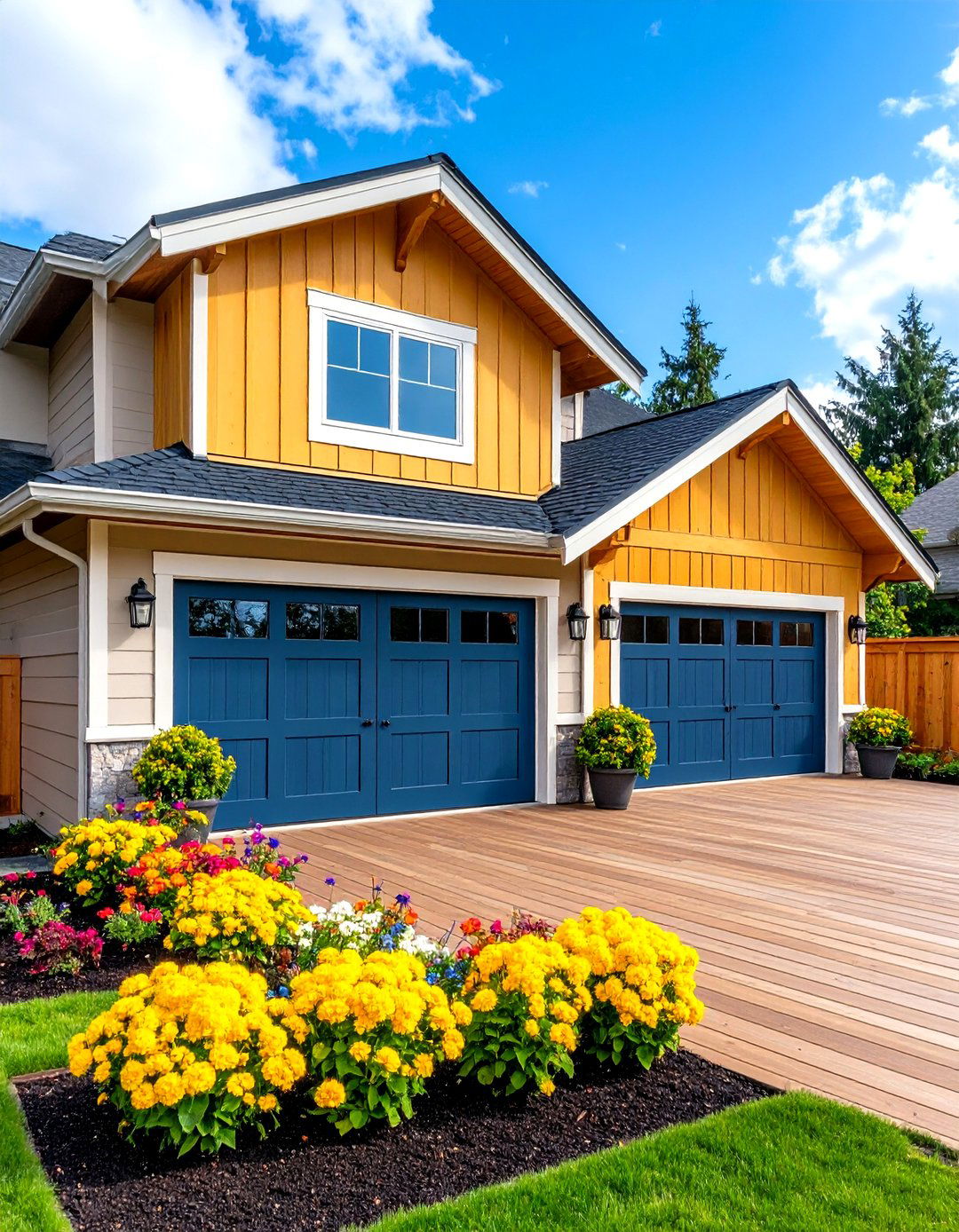
Transform wasted space by hinging a fascia panel into a swing-down gate. Lattice or plank doors framed in matching fascia trim hide lawnmowers, pool toys, or even bikes. Design blogs show that placing the gate under wide stairs keeps it discreet; magnetic catches and concealed barrel hinges maintain the illusion of a continuous skirt until you need access. Weather-stripping along edges blocks critters yet allows ventilation.
19. Removable Access Panel Deck Fascia
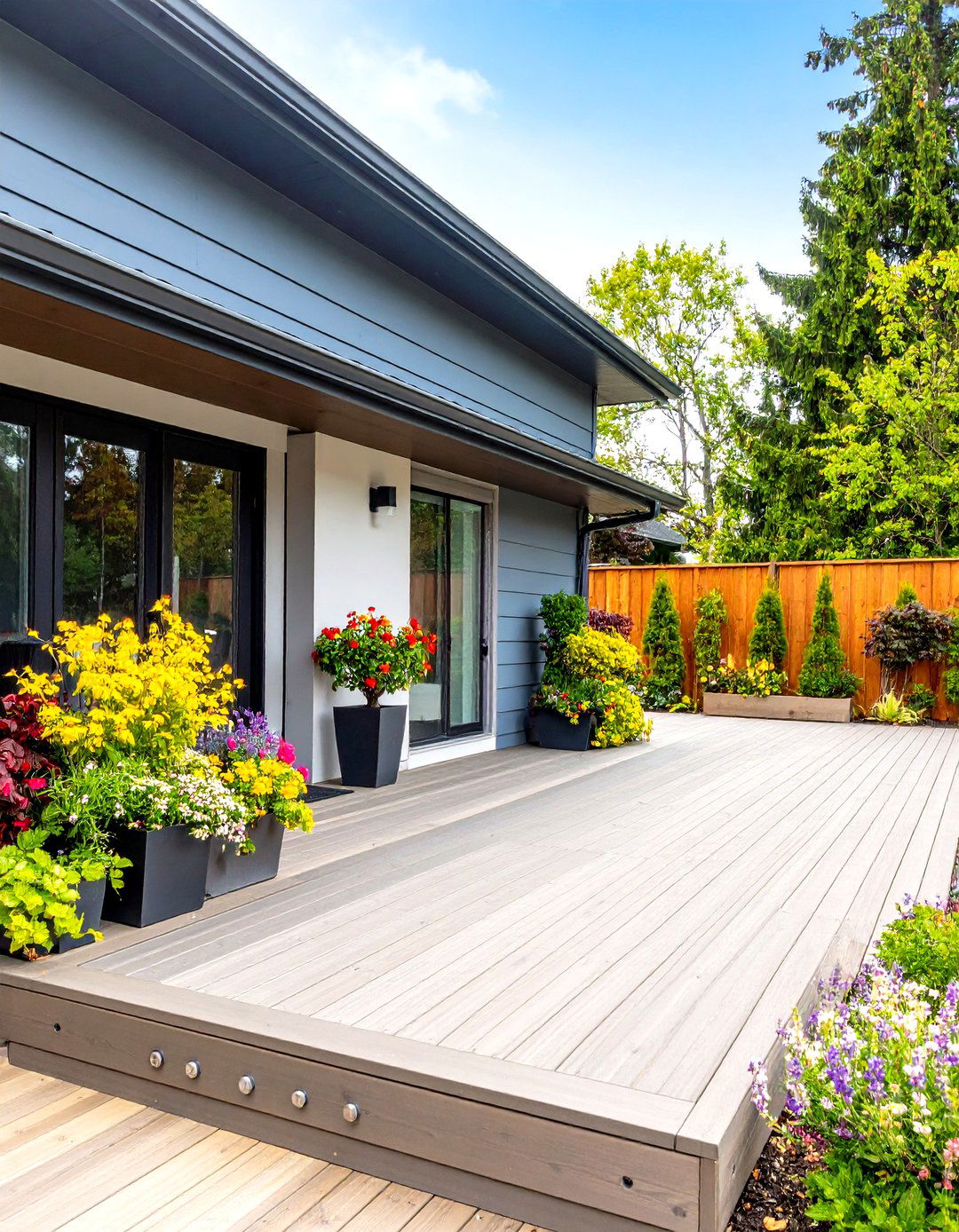
Where seasonal plumbing drains or irrigation controls live under the deck, consider a lift-off fascia panel secured with stainless turn buttons. Unlike a hinged door, a fully removable section leaves knee-space for working on valves, and the hardware sits flush when re-installed. Composite or PVC panels keep weight manageable, while a routed finger pull prevents tool marks. Label the backside and joist tops so re-alignment is foolproof. DecksDirect
20. Artisanal Stained-Pattern Deck Fascia Design
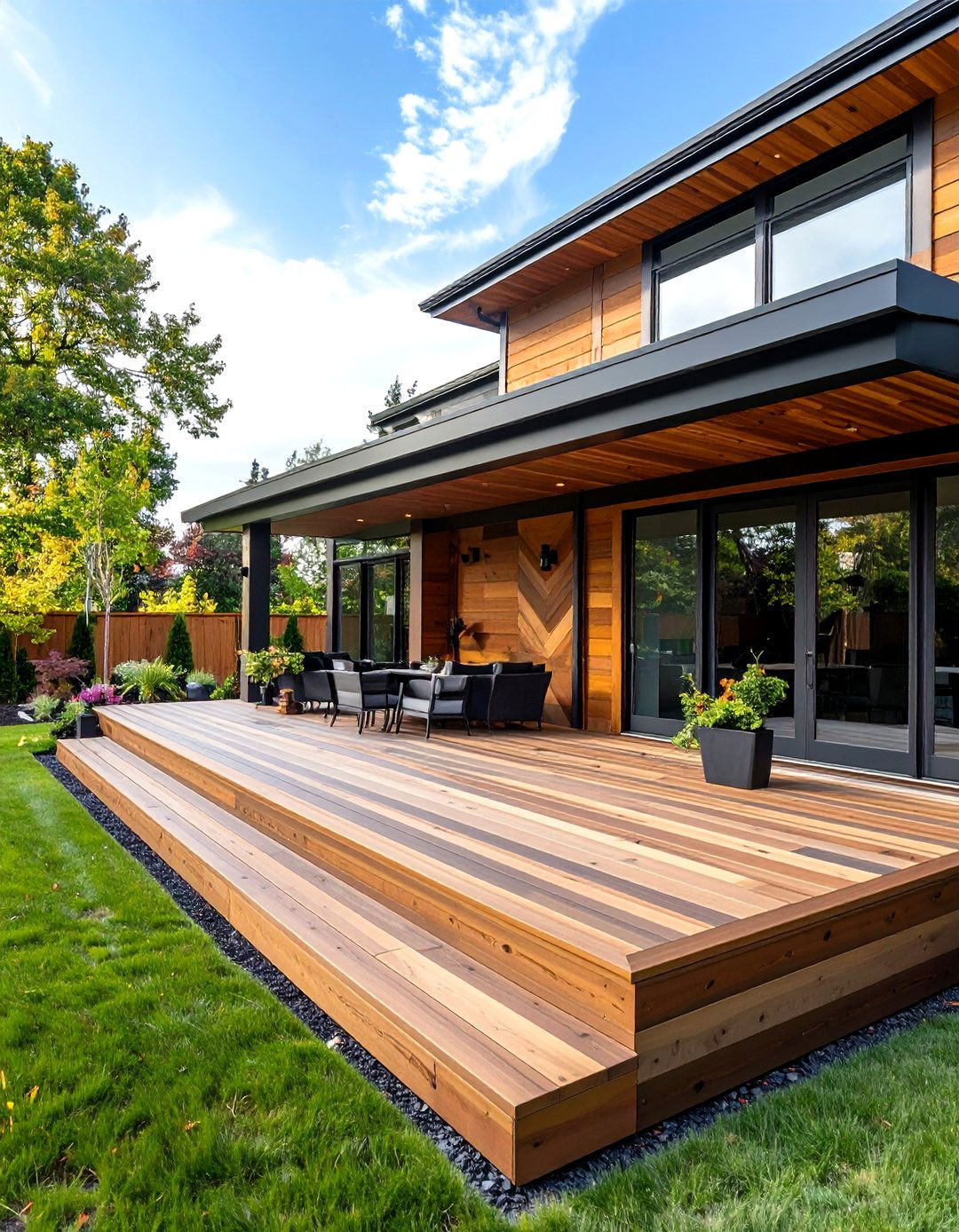
Bold geometric stain treatments turn plain wood fascia into a mural without adding materials. Inspiration galleries feature chevron, herringbone, or ombré fades executed with painter’s tape and two to three outdoor-grade stains. Because fascia runs vertically, drips are minimal, and pattern repeats stay aligned. Choose semi-transparent stains so grain remains visible, giving depth that solid paint lacks. A clear UV sealant locks in color and simplifies future refreshes. Lowe's Pinterest
Conclusion:
From understated metal trims to vine-clad living walls, your deck fascia can do far more than hide framing—it can reinforce architectural style, conserve energy, add storage, improve safety lighting, and even nurture plants. By pairing the right material with functional details like ventilation or hidden fasteners, you’ll create an edge treatment that looks intentional today and performs reliably for many seasons to come. TimberTech Better Homes & Gardens


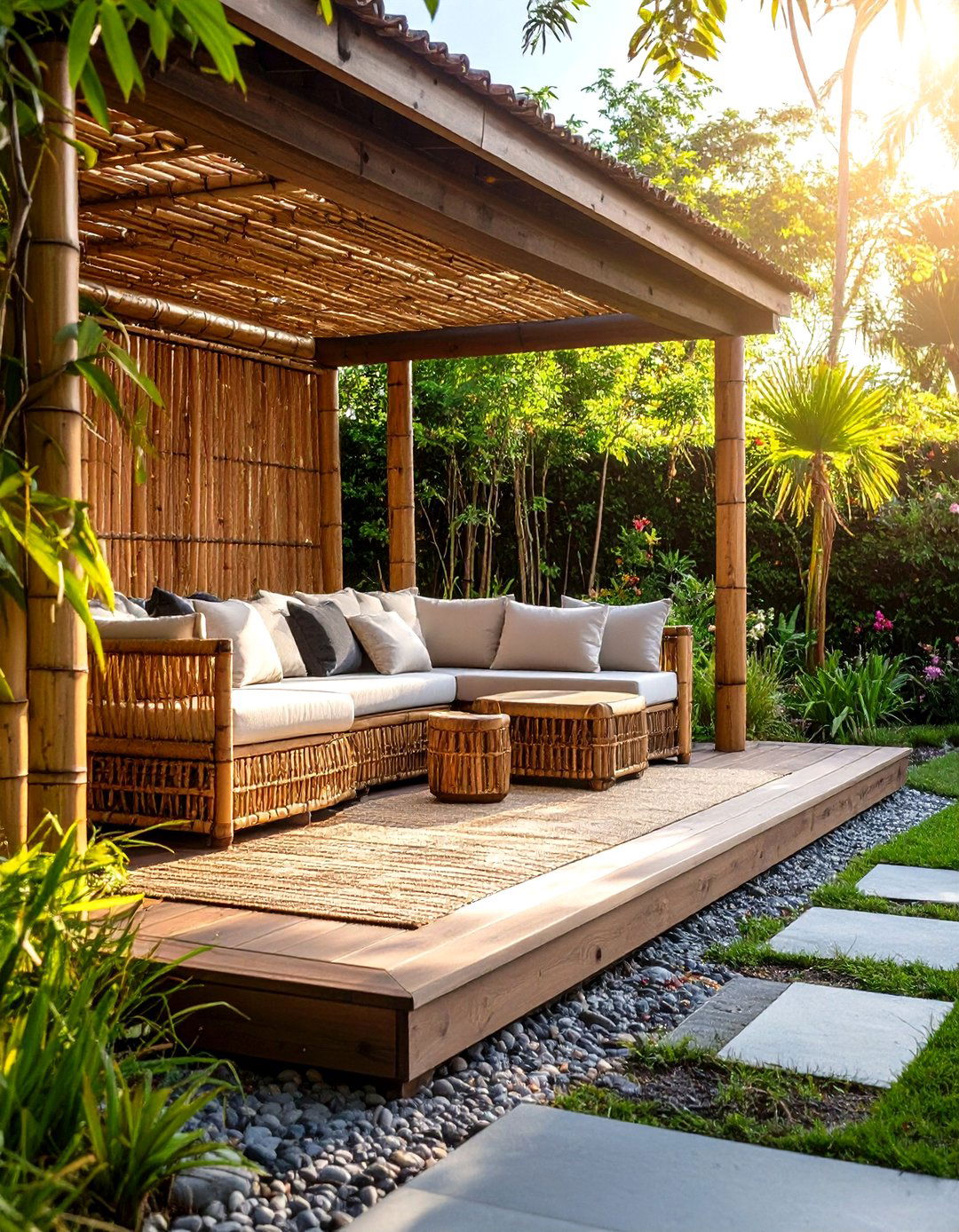
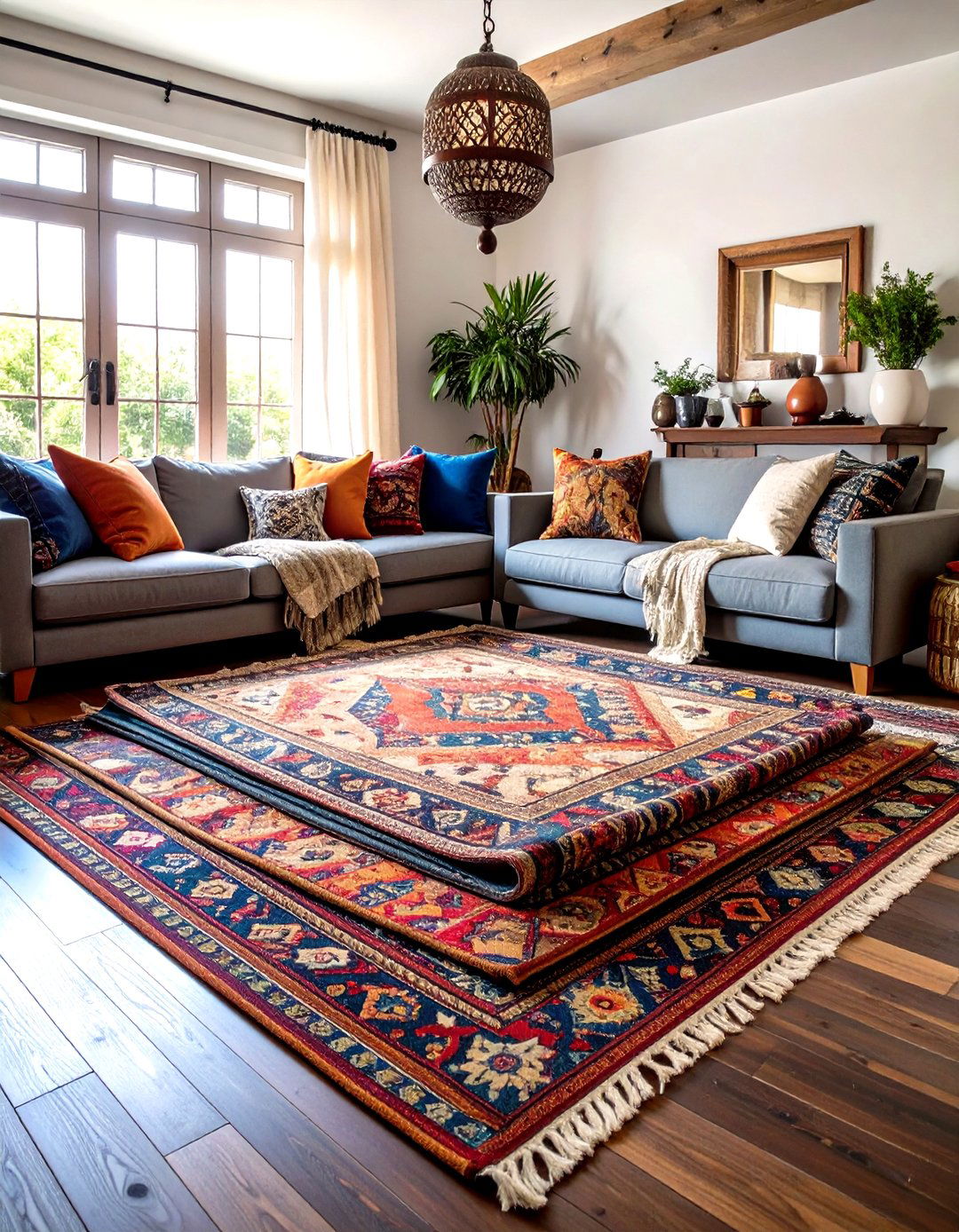
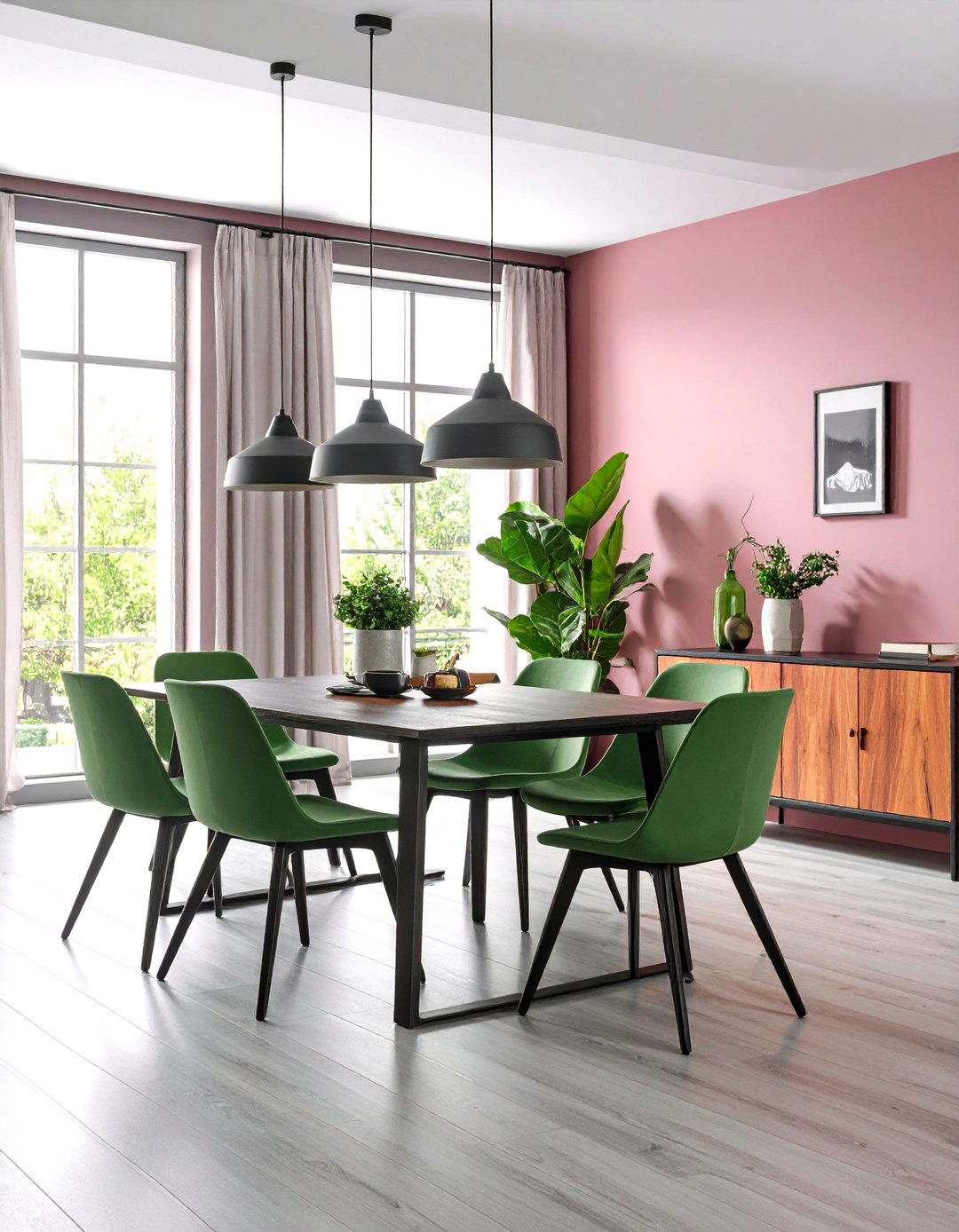

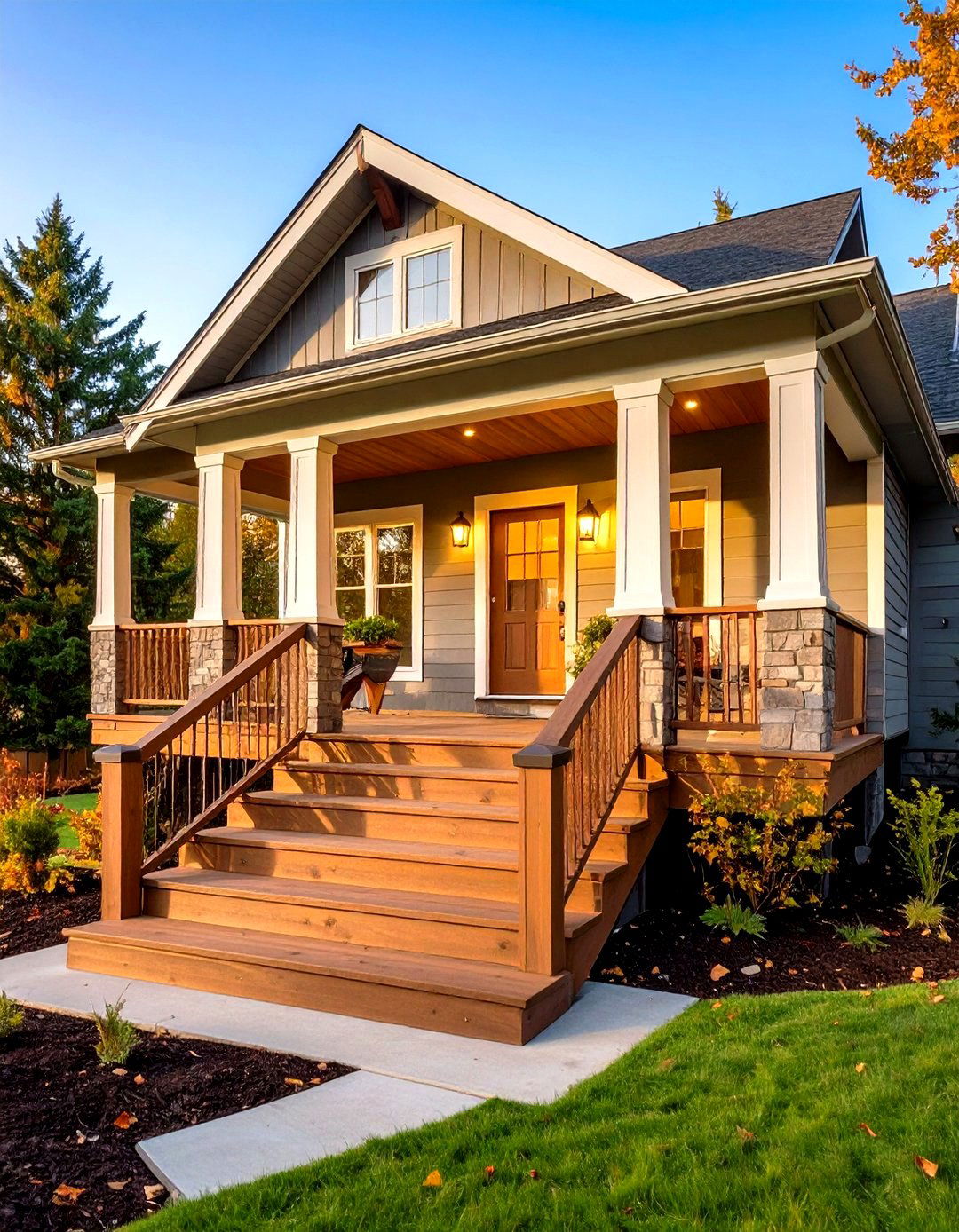
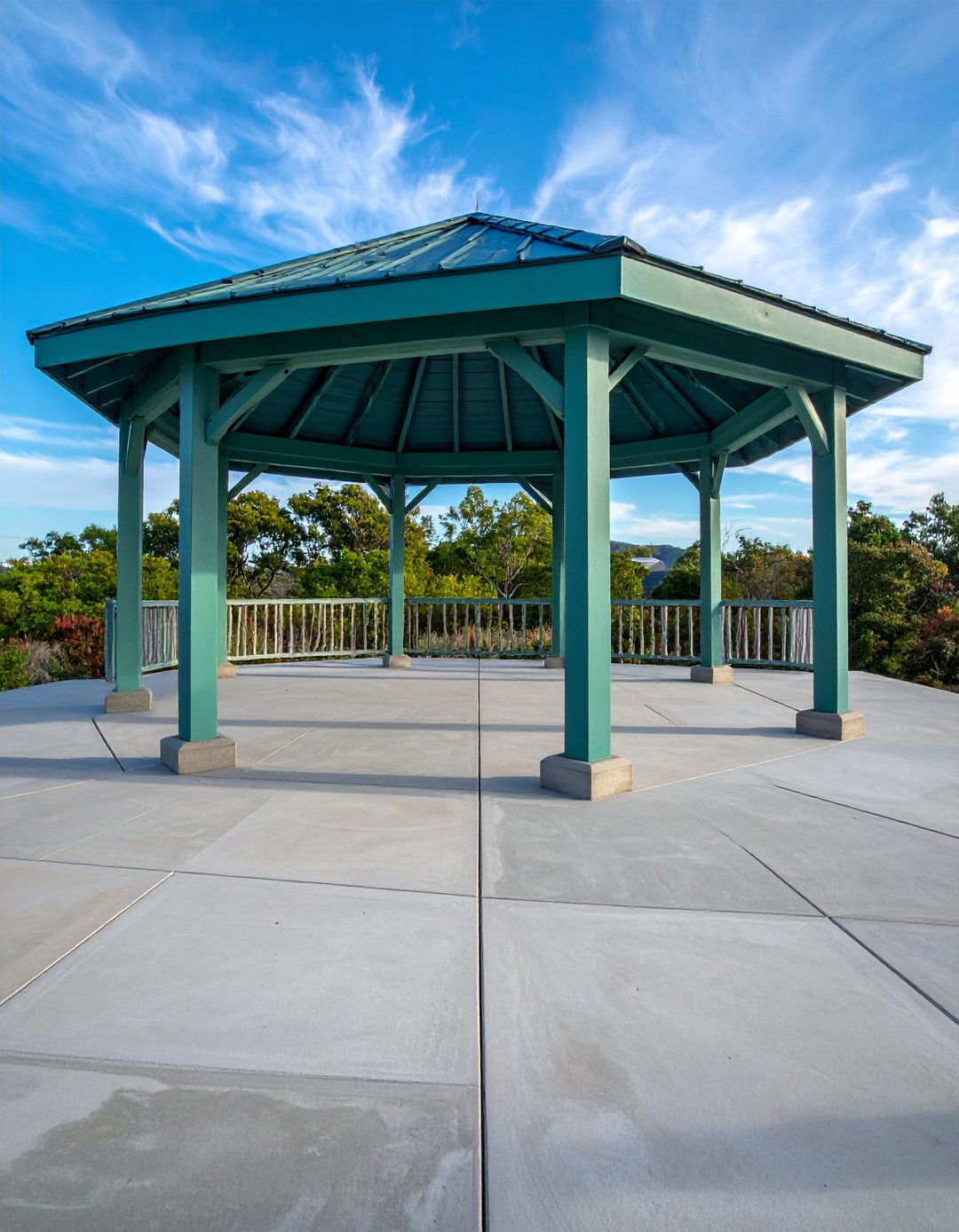
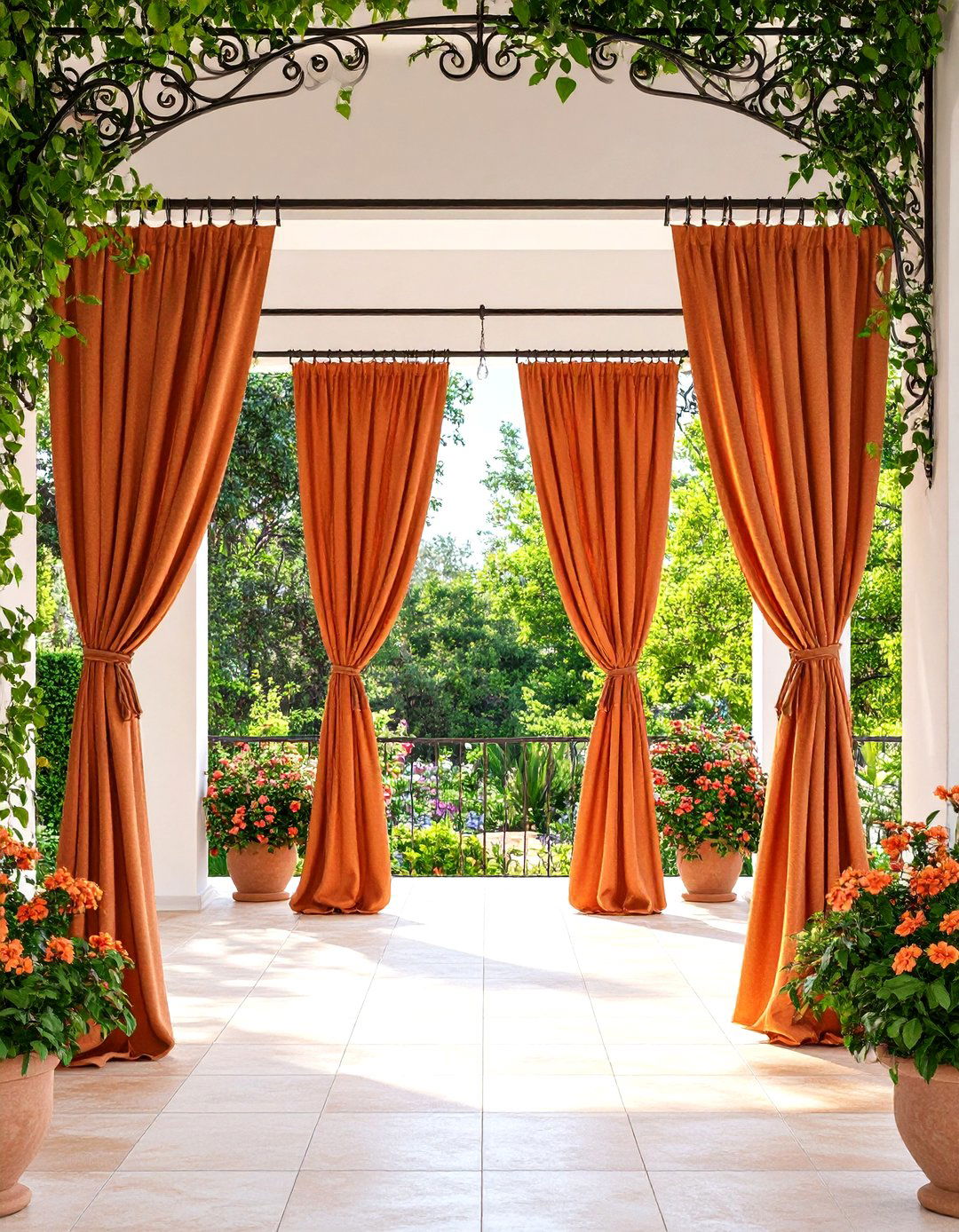
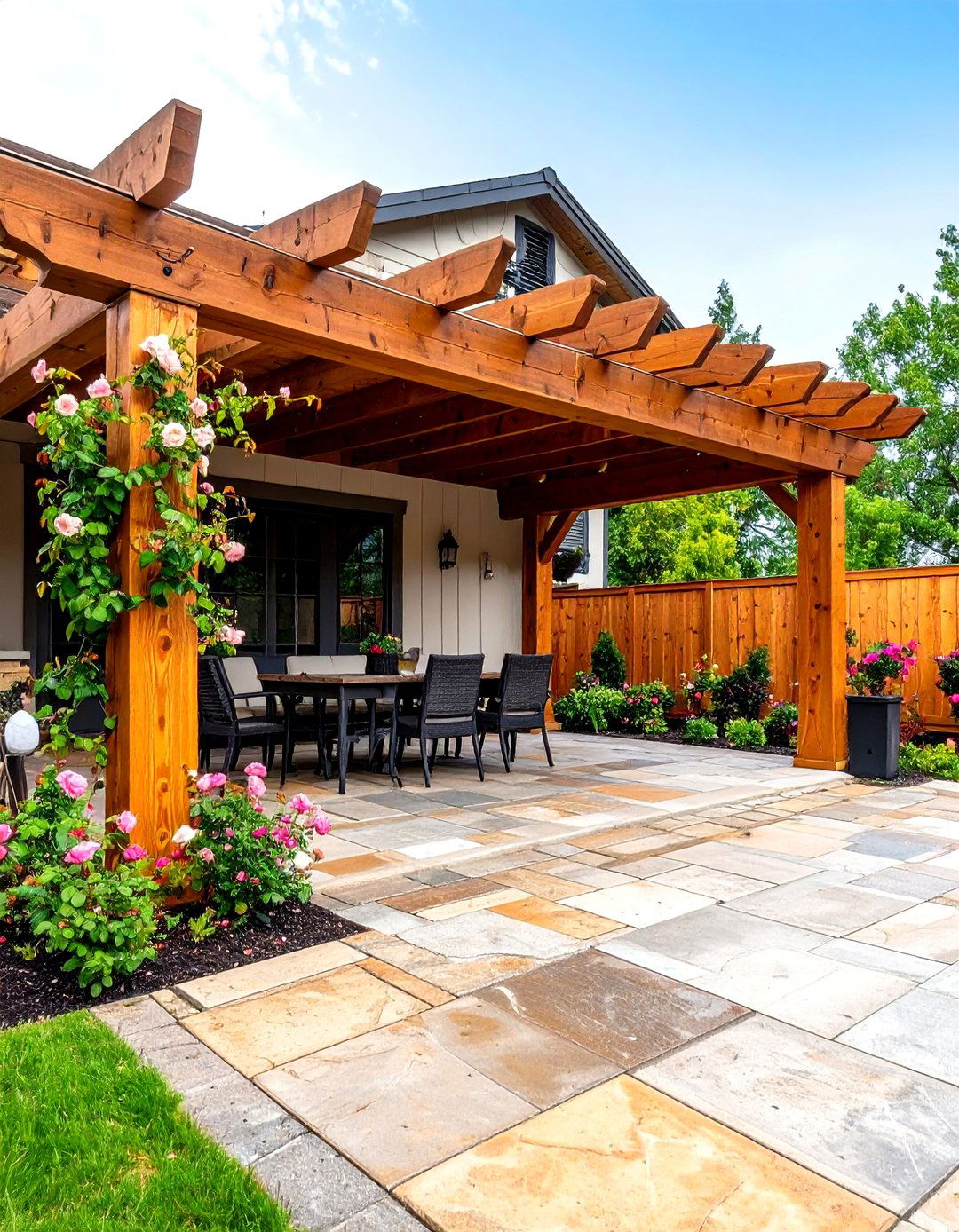
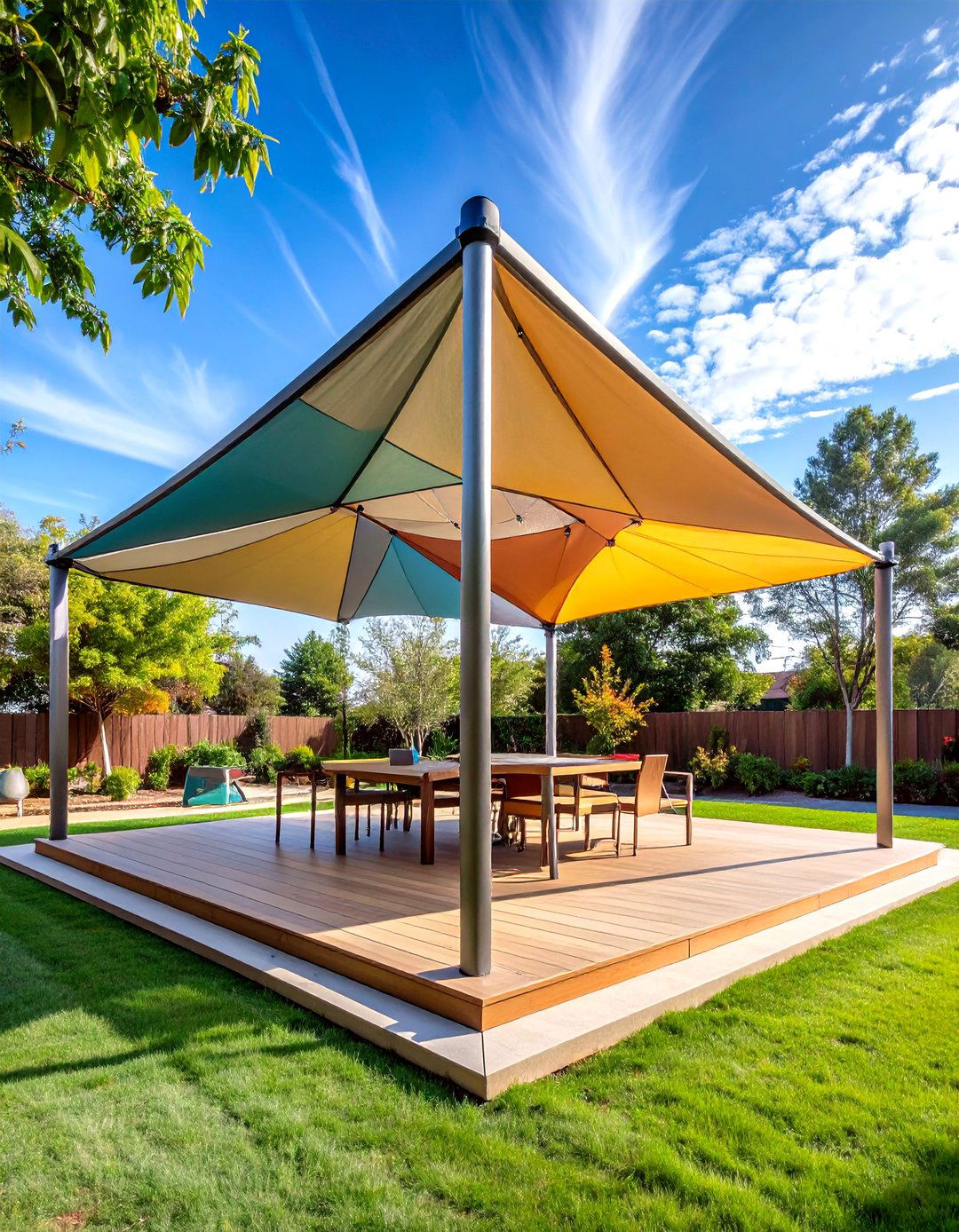
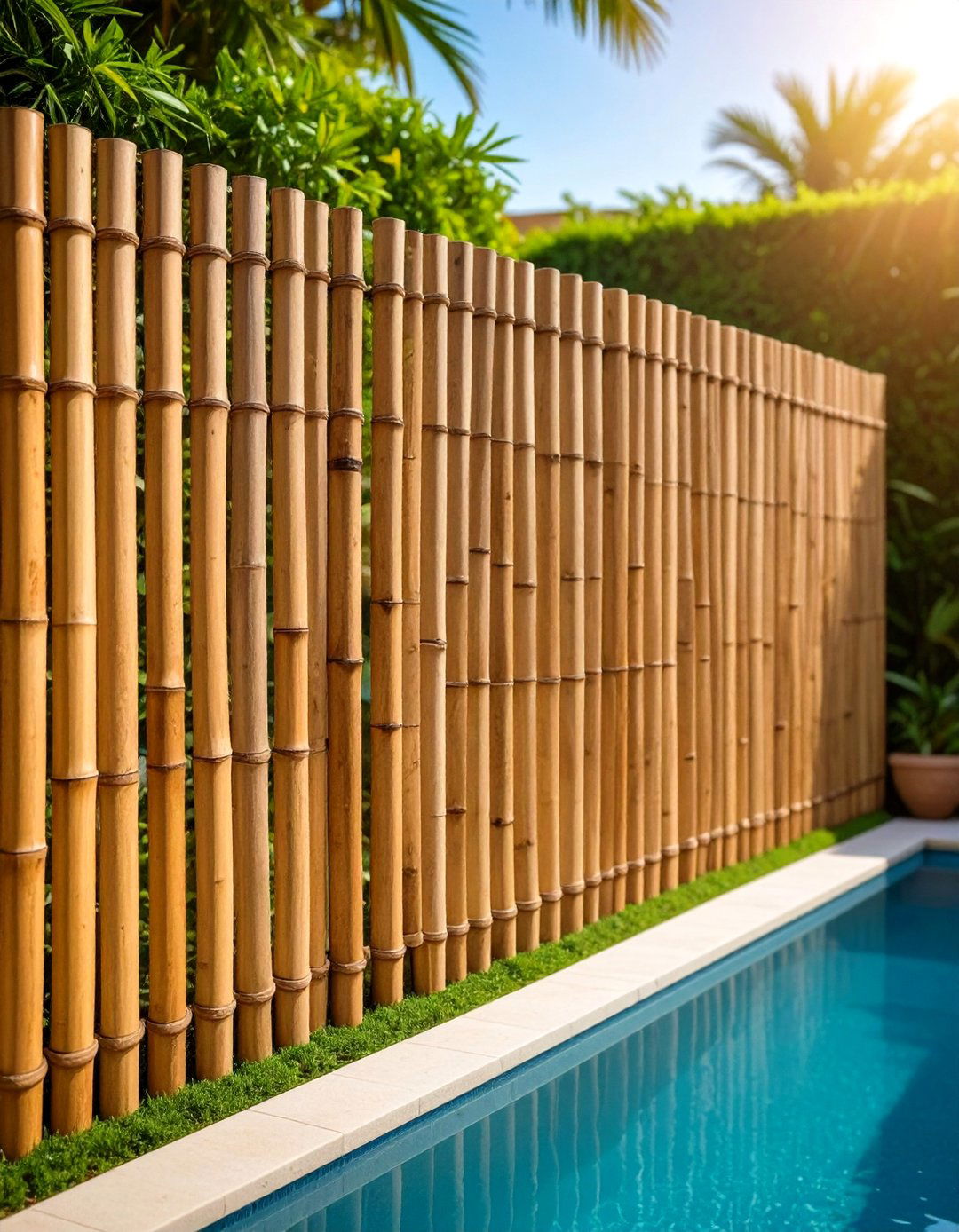
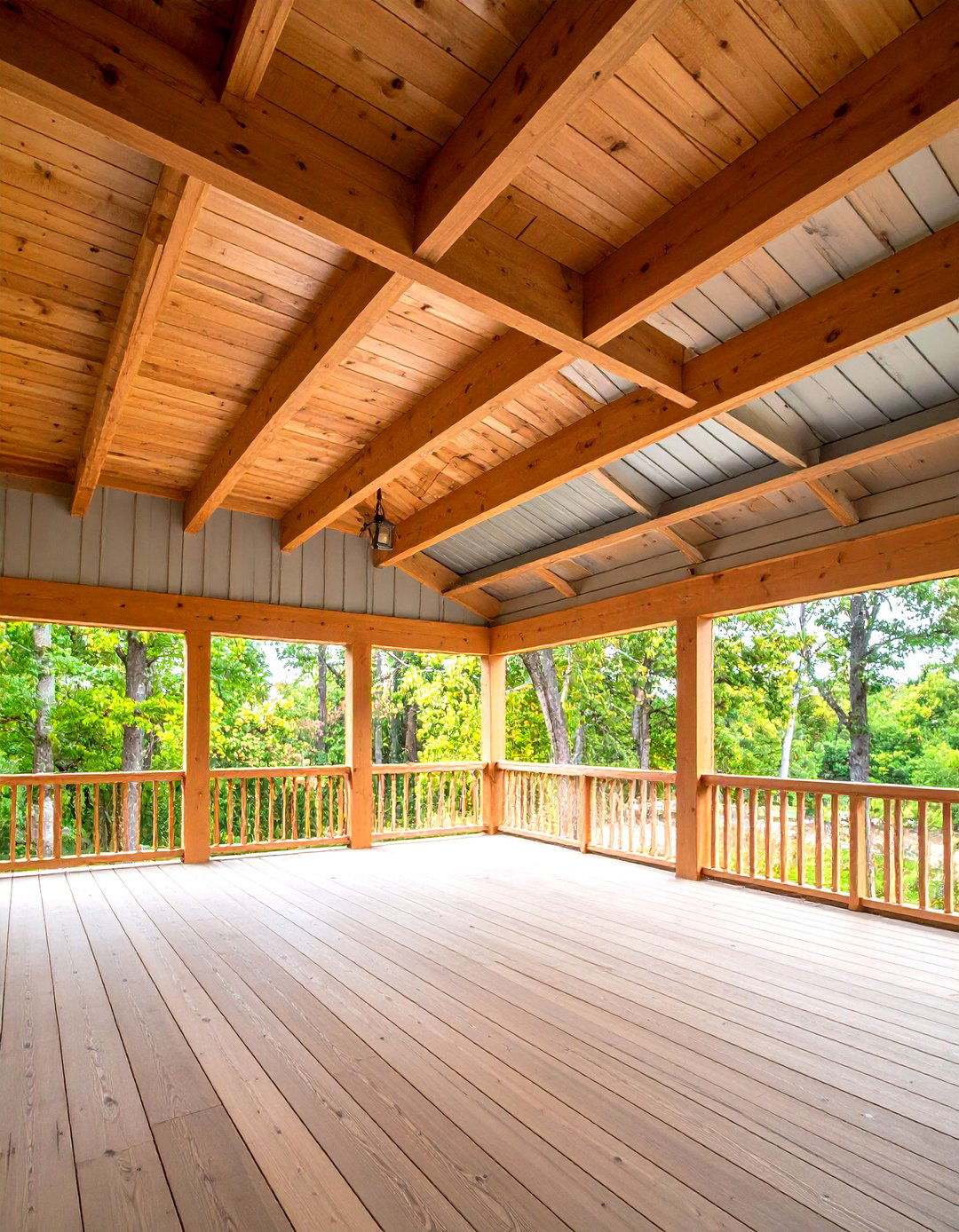
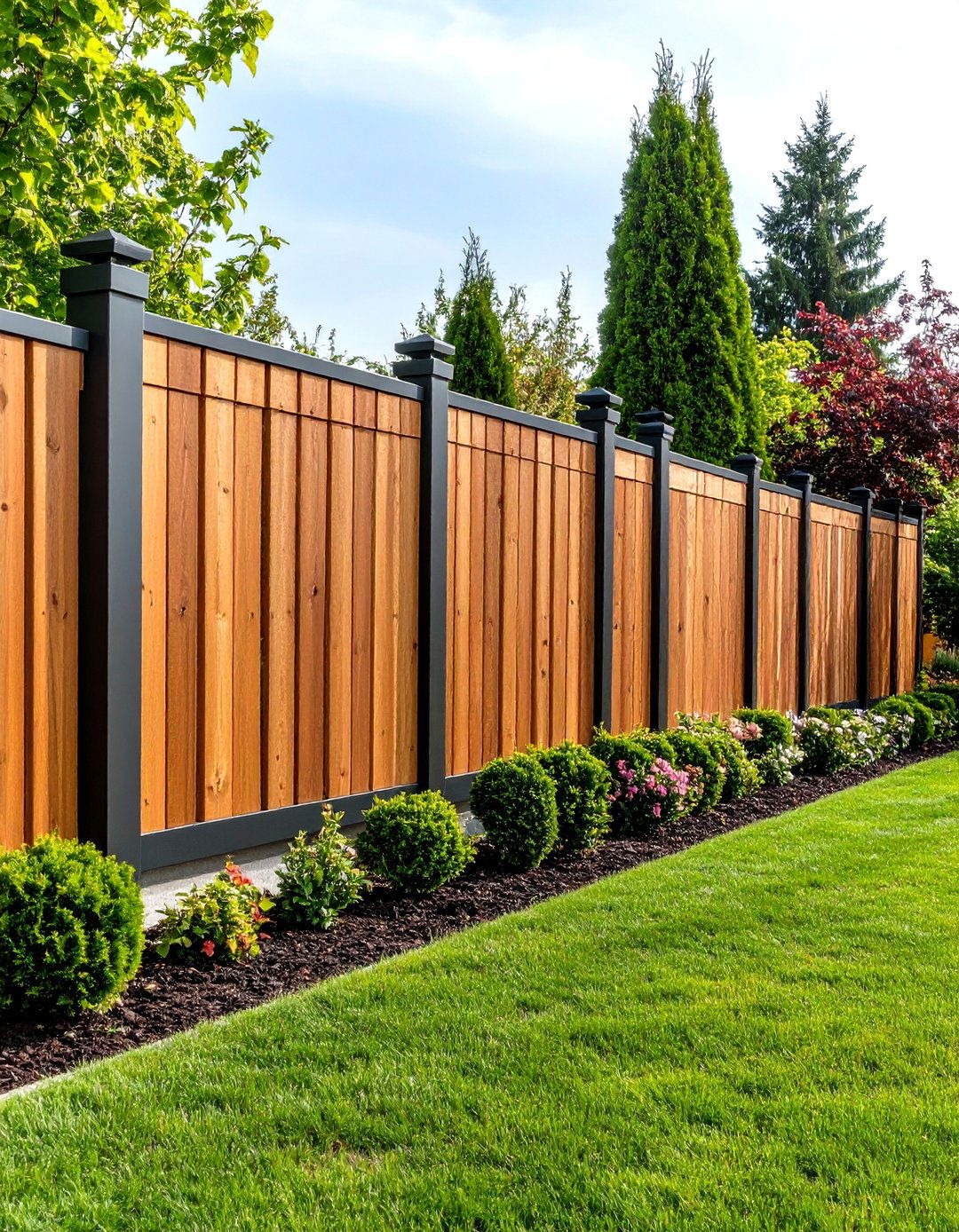
Leave a Reply